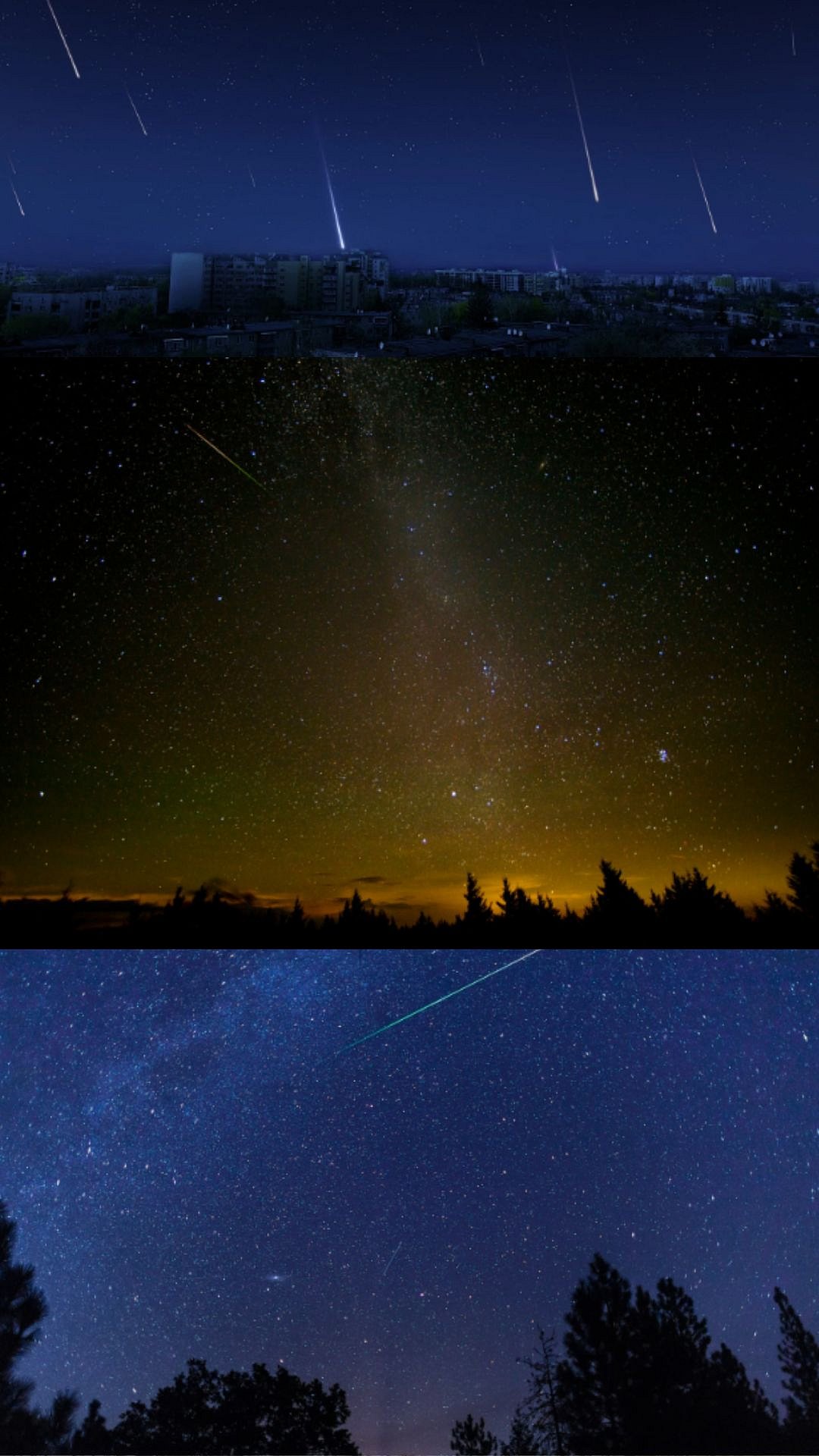Tokyo: Researchers have found that a type of bacteria that is highly resistant to environmental hazards survived harsh space conditions for three years, raising the possibility that they can even endure a trip to Mars.
The study, published in the journal Frontiers in Microbiology, showed that thick aggregates, or colonies that the bacteria form, can provide sufficient protection for the survival of bacteria during several years in the harsh space environment.
As part of the Japanese Tanpopo space mission, dried Deinococcus aggregates were placed in exposure panels outside of the International Space Station (ISS).
"The results suggest that radioresistant Deinococcus could survive during the travel from Earth to Mars and vice versa, which is several months or years in the shortest orbit," said principal investigator of the mission, Akihiko Yamagishi, Professor at Tokyo University of Pharmacy and Life Sciences.
During the study, Deinococcus aggregates of different thicknesses were exposed to the space environment for one, two, or three years and then tested for their survival.
After three years, the researchers found that all aggregates superior to 0.5 mm partially survived the space conditions. Observations suggest that while the bacteria at the surface of the aggregate died, it created a protective layer for the bacteria beneath ensuring the survival of the colony.
Using the survival data at one, two, and three years of exposure, the researchers estimated that a pellet thicker than 0.5 mm would have survived between 15 and 45 years on the ISS.
The design of the experiment allowed the researcher to extrapolate and predict that a colony of 1 mm of diameter could potentially survive up to eight years in outer space conditions. The Tanpopo mission addresses the possibility of natural interplanetary transport of microbial life.
Imagine microscopic life-forms, such as bacteria, transported through space, and landing on another planet. The bacteria finding suitable conditions for its survival could then start multiplying again, sparking life at the other side of the universe.
This theory, called "panspermia", supports the possibility that microbes may migrate between planets and distribute life in the universe. Long controversial, this theory implies that bacteria would survive the long journey in outer space, resisting space vacuum, temperature fluctuations, and space radiations.









